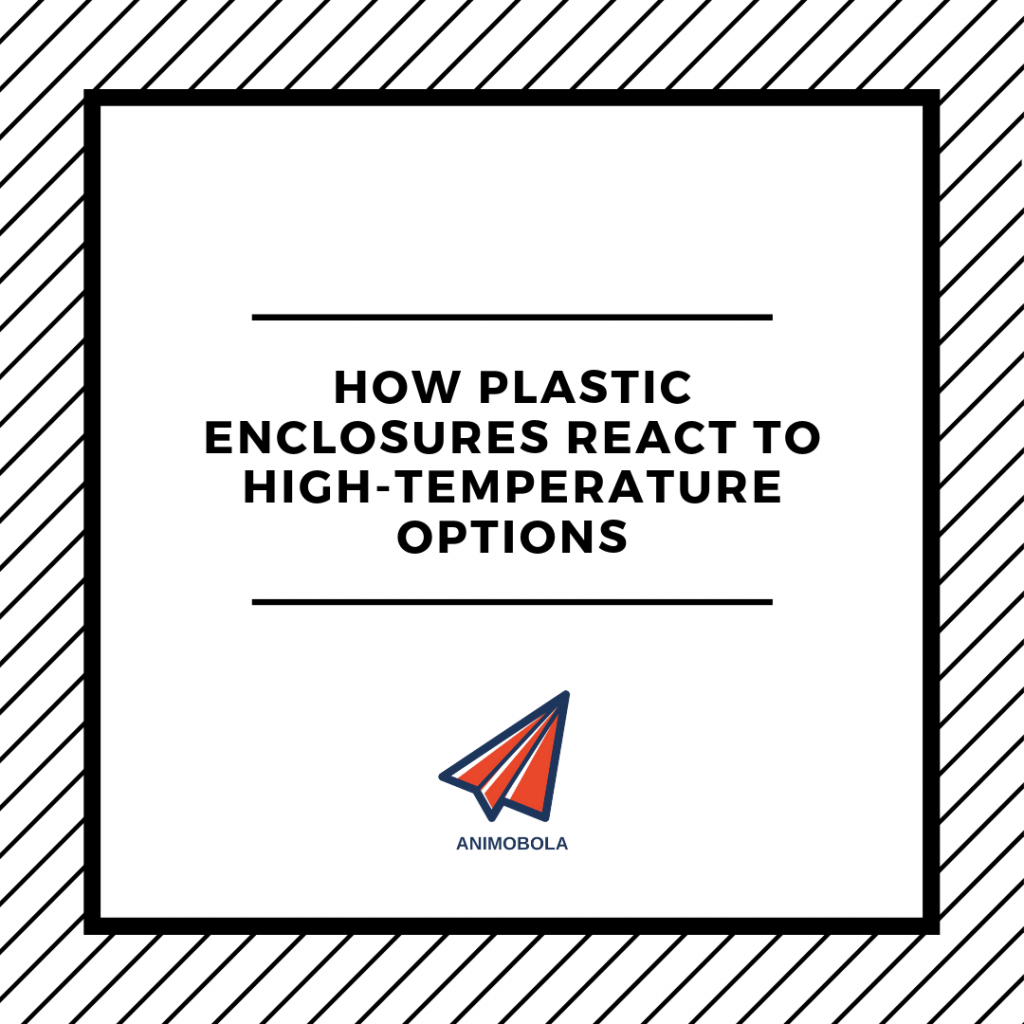

Not only metal sheets are utilized in creating electronic enclosure, also plastic. With this in mind, materials react differently to certain temperature especially plastic. The ABS plastic’s melting point is estimated to be 176 degrees F (80 degrees C). This can only mean one thing for design engineers. Plastic enclosure made from this material cannot have prolonged exposure to 176 degrees because it will begin to lose it shape. Once the ABS is exposed to very hot temperatures, the enclosure will begin to soften and eventually lose it shape. If the company left it in a place where the high temperature exists, it will eventually have a baked enclosure.
Also, once the enclosure is exposed to this kind of temperature and there is something on top of it, it can also cause the enclosure to collapse very easily. Not in an instant but it will hasten the collapsing process. The enclosure will eventually settle into La Brea Tar Pits. If the enclosure is utilized in a project test, it will result to a failed one.
Luckily for the design engineer, he or she can choose a more appropriate material for enclosures that can withstand the high temperature and can retain their structure even if exposed to high heat. These materials can be found inside the interiors of a vehicle, or in processing plants where the temperature is high. With this in mind, we recommend using the enclosures that are formed from Nylon or Noryl. These plastic can maintain their form even if exposed in high temperature environments. Comparing to ABS, Noryl is durable in terms of temperature. You can approach the enclosure manufacturing company if this material is available for your company. For sure, if the material is available they will help you in terms of design.
There is also another option for plastic material, this is called polycarbonate. This is a waterproof materials and can be used for outdoor applications. This is considered to be flame-retardant. Meaning the material maintains the integrity or shape of the enclosure and it can prevent melting even if exposed to higher temperatures. The high-temperature materials are more expensive than its counterparts because the capability and the property of these materials are increased. Make sure to first determine where the enclosure will be used so that the design engineer can effectively tell what material should be used in certain type of application. If the company will use the enclosure in low-heat environments, then an ABS option is best suited for this.
